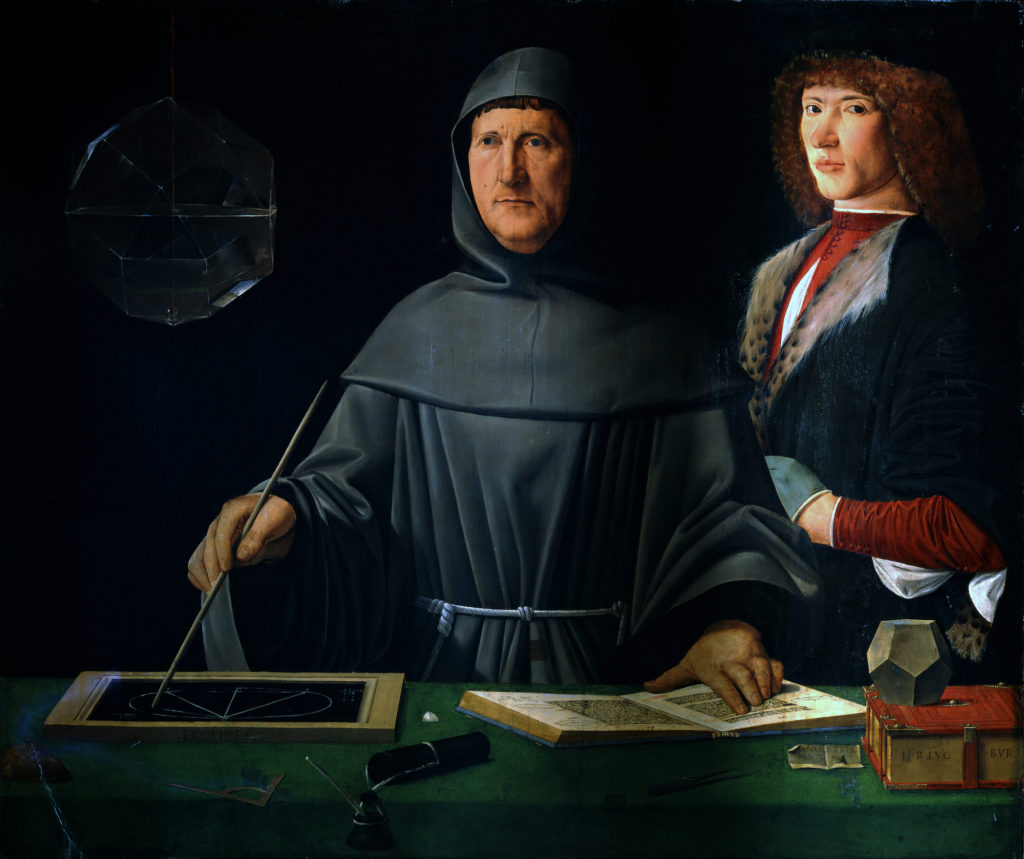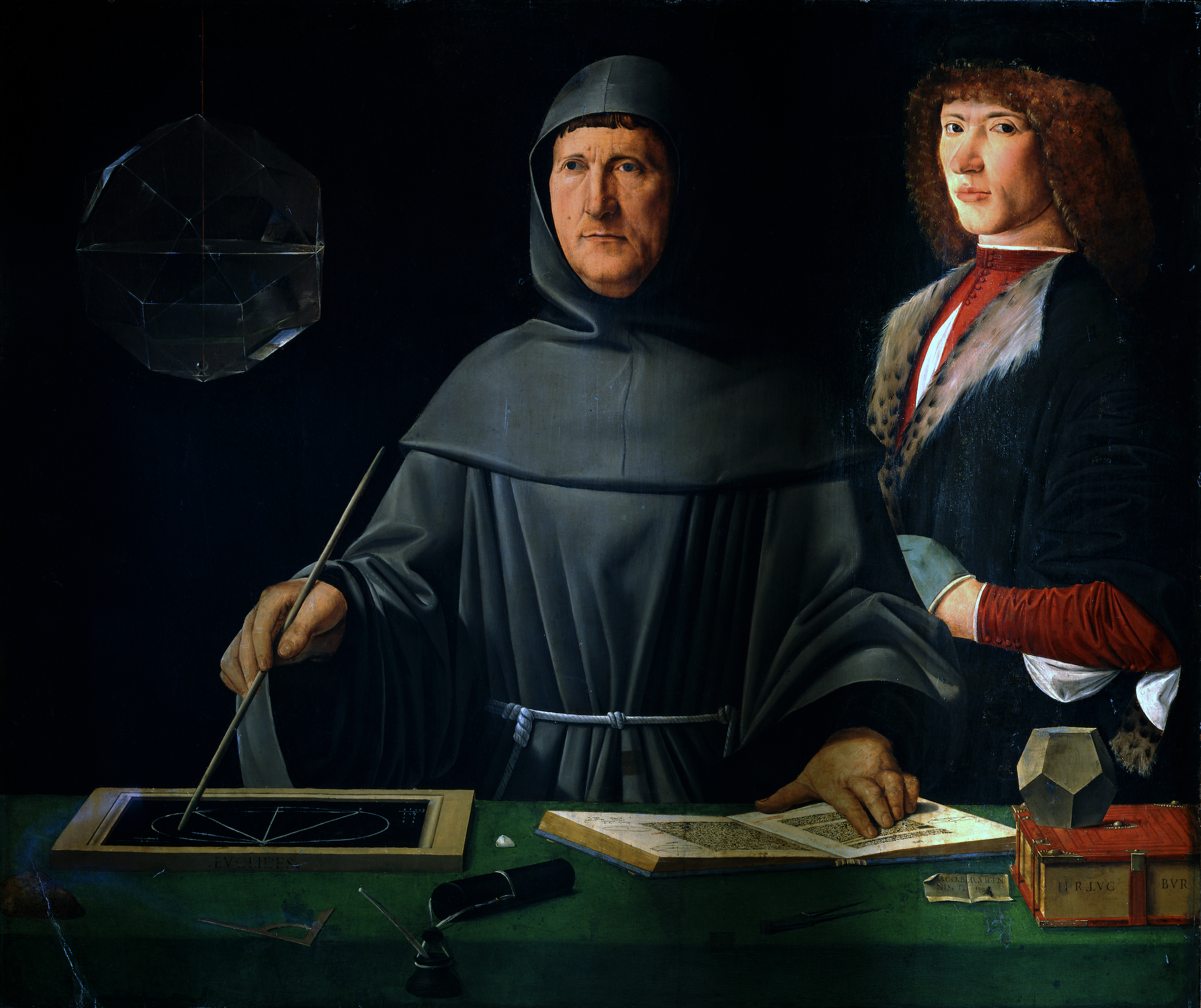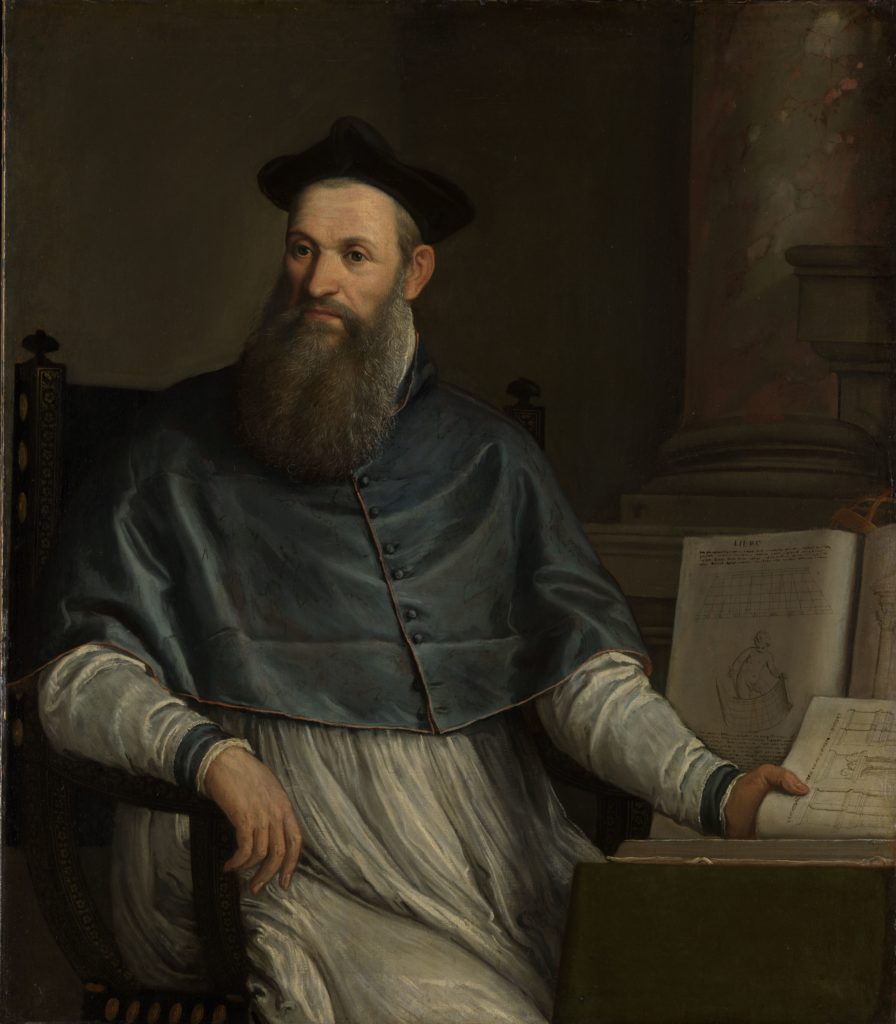The Thinking 3D project, led by Professor Laura Moretti of the School of Art History with Daryl Green, Head of Special Collections and Deputy Head of Centre for Research Collections, University of Edinburgh Main Library, has engaged new and diverse audiences in the rich heritage found in early modern printed books. The project began with Moretti’s research on the Renaissance intellectual Daniele Barbaro (1514-70). As an amateur architect, Barbaro was familiar with working in three dimensions. However, he lived during a time when printed illustration, and especially the depiction of perspective, was still very much in development. Moretti has explored the role of perspective in Barbaro’s publications, which was found to entail far more than artistic analysis. Illustrated books such as Barbaro’s were instead found to be a method of presenting early modern printed books as an interdisciplinary focus of study, encompassing art, science and industry to name a few.
These initiatives have inspired a series of exhibitions across Europe and the US. Central to this was a series of exhibitions and events hosted by the University of Oxford’s Bodleian Libraries and the Biblioteca Nazionale Marciana, Venice. The Bodleian exhibition in particular had a tremendous impact – between 2019 and 2020, a total of 25 separate events, including conferences, talks and workshops, expanded and took inspiration from the central exhibit.
One component of this success was the innovation of the exhibits themselves. The Biblioteca Nazionale Marciana exhibit, for instance, included an interactive screen upon which visitors could flip through all thirty of the digitised books and manuscripts on display. Exhibitions in Oxford’s Ashmolean Museum and Mathematical Institute allowed visitors to view Islamic ceramics, prehistoric carvings and Renaissance prints in virtual reality. These innovations had a real and profound impact on the public’s understanding of what museum exhibits can achieve. Combined, the exhibits have reached a total of 15 million people, and their feedback has been overwhelmingly positive. As one visitor stated, ‘We need more exhibitions like this one’.

Events run by other institutions were entirely self-funded, with direct engagement with Moretti and Green regarding their curation. In many cases, the events have had a huge impact upon their host institutions, not all of whom have the resources of the Bodleian. For some, such as Vanderbilt University, Nashville, it was the first time their libraries had hosted an exhibition of such scale. The publicity brought by the exhibitions has, in several cases, connected host institutions with new partners, while the experience of managing the exhibitions has helped to foster a desire for more projects of this scale in the future.
Moretti and Green have also helped libraries and museums to view their collections in new ways. By presenting their work as an intersection of various disciplines, Thinking 3D has enabled a more varied discourse to emerge around the printed word. In the words of the former director of the Biblioteca Nazionale Marciana, ‘Historians of art, science, letters, the press, librarians, codicologists, restorers have confronted each other over the two-year duration of the project by integrating their specific skills and creating seminars and scientific publications’.


